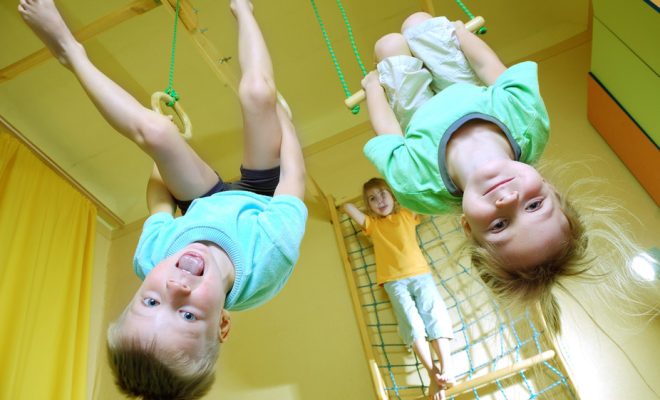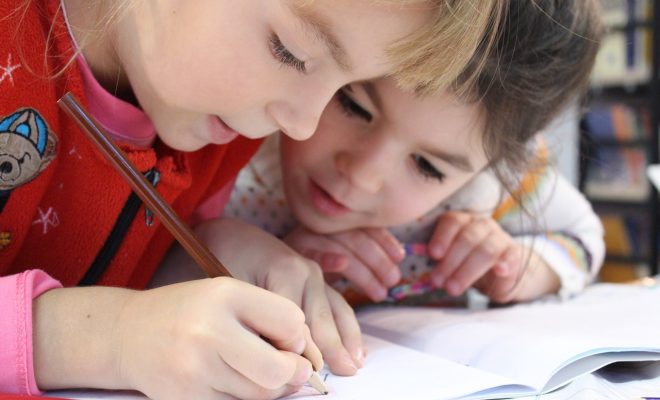Neuroeducation Strategies for Your Classroom

Neuroeducation strategies dominate new-age classrooms. Created from intensive research in neuroscience and behavioral psychology, neuroeducation addresses the whole kid’s needs. It provides academic and behavioral support and well as a personalized intervention when necessary.
Notably, neuroeducation encourages independence and autonomy in learning. Rather than rely on the educator for all learning experiences, learners discover how to be self-regulated and take ownership of their educational objectives. They learn how to prioritize their assignments, manage their time, and work with others.
What strategies should you include?
Using neuroeducation can seem overwhelming, but there are a few strategies to implement right away in your classroom.
Macro strategies
- Physical movement. Physical movement aids instruction. When physical education is reduced in many schools, exercise oxygenates the blood that nourishes the brain. Learners who move during instruction internalize their learning more quickly.
- Socialization. Humans are social. We need to interact with others, and instruction includes collaborative strategies that teach how to work with others.
- Embrace differentiation. Many educators recognize that learners learn differently. It’s also critical to teach learners that these differences are ok.
- Chunk learning. The human brain can only process so much info at a time. That is why breaking multi-step tasks down into manageable chunks facilitate learning. Educators know that giving process directions one step at a time helps their learners focus. So does present info in small bites. Neuroeducation learning research indicates that learners are more likely to remember instruction presented in segments.
- Encourage creativity. Although schools are increasingly deleting arts programs, art teaches learners to think differently from sequential learning activities.
- Develop emotional connections. The amygdala, a small organ in the middle of the brain, stores essential emotions for the brain to remember later. Emotional connection can help to cement concepts in learners’ brains.
- Teach stress management. Just like their educators, learners experience stress. Some stress is beneficial, like the type that motivates us to complete an assignment or perform well on an exam. Negative stress can make distractions and impair learning. Learners have to learn that everyone experiences stress, so they must learn stress management.
- Study brain development. Educators who learn about the brain and how it learns are best positioned to use and teach neuroeducation strategies. What we do know about the relationship between neuroscience and behavioral psychology is still in its infancy. Research creates new opportunities for reaching learners with neuroeducation teaching strategies.
By teaching your learners neuroeducation strategies like these, you also help them become more reflective about their growth.
In Summary
Instructional tech maximizes learning opportunities by customizing learning experiences. Personalization gives learners unique experiences as well as boosts understanding. Online learning, virtual labs, and elearning make up part of the education experience in contemporary classrooms.






